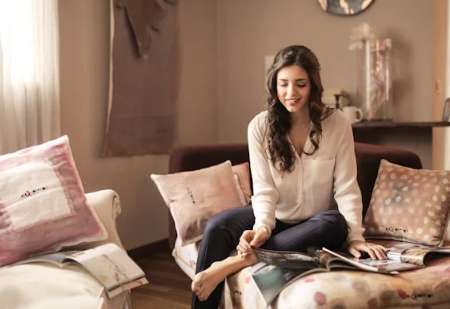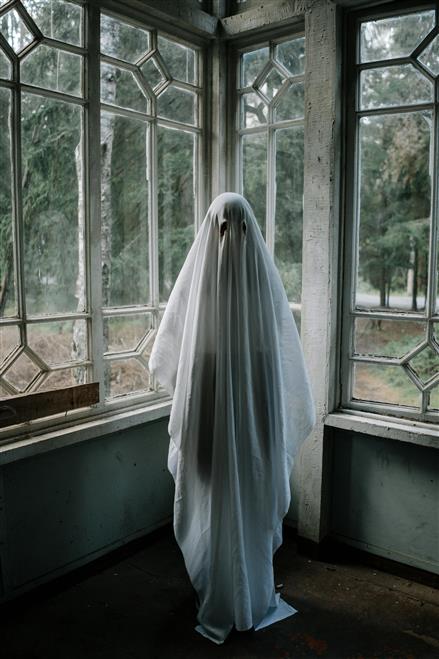
We often hear about setting “life goals”—big-picture dreams like getting a promotion, buying a house, or starting a family. These are important, no doubt. But there’s another layer we don’t talk about as much: lifestyle goals. And they might matter just as much, if not more.
Life goals are about milestones. Lifestyle goals are about how you live each day. They’re not about someday; they’re about every day.
Think of them as the design blueprint for your ordinary life: the habits you want, the pace you enjoy, the environment you thrive in, and the rhythm that keeps you grounded.
So why are lifestyle goals so often overlooked? And how do you start creating them in a way that feels personal, not performative?
Let’s dig in.
The Difference Between Life Goals and Lifestyle Goals
Here’s a simple way to tell them apart:
- Life Goal: “I want to run a marathon.”
- Lifestyle Goal: “I want to feel strong, energized, and consistent in how I move my body every week.”
- Life Goal: “I want to earn six figures.”
- Lifestyle Goal: “I want to make a comfortable living working 35 hours a week, with flexibility to travel.”
- Life Goal: “I want to publish a novel.”
- Lifestyle Goal: “I want writing to be a peaceful, daily part of my life.”
Life goals are destinations. Lifestyle goals shape the path you take to get there — and how that path feels along the way.
When you only focus on end results, it’s easy to chase things that don’t actually fit your life. You can land the job, hit the number, reach the goal — and still feel out of sync, because the lifestyle it requires doesn’t reflect who you are.
Lifestyle goals ask something gentler, but deeper: What kind of life do you want to live?
Why Lifestyle Goals Matter So Much
Most of our time is spent in the middle — not at the finish line. How you wake up, how you spend your mornings, how you feel after work, how you wind down at night — this is your life, day in and day out.
Lifestyle goals help you shape these moments with intention, not just efficiency.
They’re about creating a life that feels right to you, not just one that looks good on paper. And in a world that constantly pushes you toward more, faster, better — that kind of clarity is powerful.
When you know your lifestyle goals, you:
- Make better choices about where to put your energy
- Avoid goals that pull you away from your values
- Build habits that are aligned with your real self, not just your resume

How to Create Lifestyle Goals That Stick
Now let’s talk about how to actually build these goals. This isn’t about making a vision board or writing vague affirmations. It’s about real, tangible shifts that move you closer to how you want to live.
1. Start With Feelings, Not Metrics
Instead of asking “What do I want to achieve?”, ask:
- How do I want to feel on a typical day?
- What do I want my mornings to be like?
- What pace of life energizes me?
- What drains me—even if it’s impressive on the outside?
This might lead you to goals like:
- “I want to wake up without rushing.”
- “I want to spend more time outdoors every week.”
- “I want to build a career that doesn’t demand constant stress to feel successful.”
The aim is to be honest, not idealistic. Let your answers reflect your personality and values—not external pressure.
2. Look at Your Daily Patterns
Your current habits are clues. They tell you what your real lifestyle is—not just what you say it is.
Try this: for a few days, jot down how you spend your time, hour by hour. Where do you feel in flow? Where do you feel numb or anxious?
This helps you see the small moments where your lifestyle could use a tune-up—like swapping one hour of doomscrolling for an evening walk or reducing weekend errands so you have more space to rest.
3. Define What “Enough” Looks Like
Many life goals are about reaching for more — more money, more prestige, more recognition. Lifestyle goals help you define what’s enough for you.
This is freeing. It means you get to decide when you’ve hit your sweet spot instead of chasing an endless finish line.
For example:
- “I don’t need a huge house. I want a home that’s quiet, calm, and easy to maintain.”
- “I don’t want to be busy all the time. I want space in my week to do nothing, without guilt.”
Knowing what enough looks like gives you room to actually enjoy the life you’re building.
4. Prioritize Rhythms Over Resolutions
Resolutions are one-time decisions. Rhythms are repeatable practices.
Instead of saying “I’ll start meditating this year,” a lifestyle goal might be, “I want to start each day with five quiet minutes before checking my phone.”
The goal isn’t perfection — it’s consistency. A gentle rhythm that brings you back to yourself, over and over.
5. Check In Often, Without Judgment
Lifestyle goals aren’t static. They change as your life changes. What matters is staying curious — not rigid.
Set aside time every month or season to ask:
- Is my lifestyle supporting me?
- Where am I thriving?
- Where am I feeling stuck?
- What small shift could make a big difference?
No need to overhaul everything. Sometimes a 10% change in one area can improve your whole day.
Lifestyle Goals in Practice — Examples That Aren’t Generic
Here are some real-world examples to inspire your own:
- “I want to eat meals without multitasking so I feel more connected to my food and less stressed.”
- “I want one evening a week to be totally tech-free — just books, candles, and quiet.”
- “I want my mornings to be unhurried, with time to move my body and sit with coffee.”
- “I want to design my workday around focus blocks, not constant notifications.”
- “I want to wear clothes that feel like me, not just what’s trendy.”
- “I want to spend Sundays recharging instead of catching up on work.”
None of these are flashy. But they are personal, clear, and deeply powerful over time.
Final Thoughts: Life Goals Give You Direction. Lifestyle Goals Give You a Map.
It’s easy to set life goals that sound good. It’s harder—but far more rewarding—to design a life that feels good to live in.
Creating lifestyle goals is about moving from external achievement to internal alignment. It’s a quiet shift. A slower one. But it’s one that makes your life feel like it actually fits you — not just your résumé or your social media page.
In the end, the life that brings you peace might not be the biggest, busiest, or most impressive. But if it gives you room to breathe, move at your own pace, and feel at home in your own skin — it’s the one worth building.
So ask yourself, not just where you want to go — but how you want to live while you’re getting there.
That’s where the real goal-setting starts.



